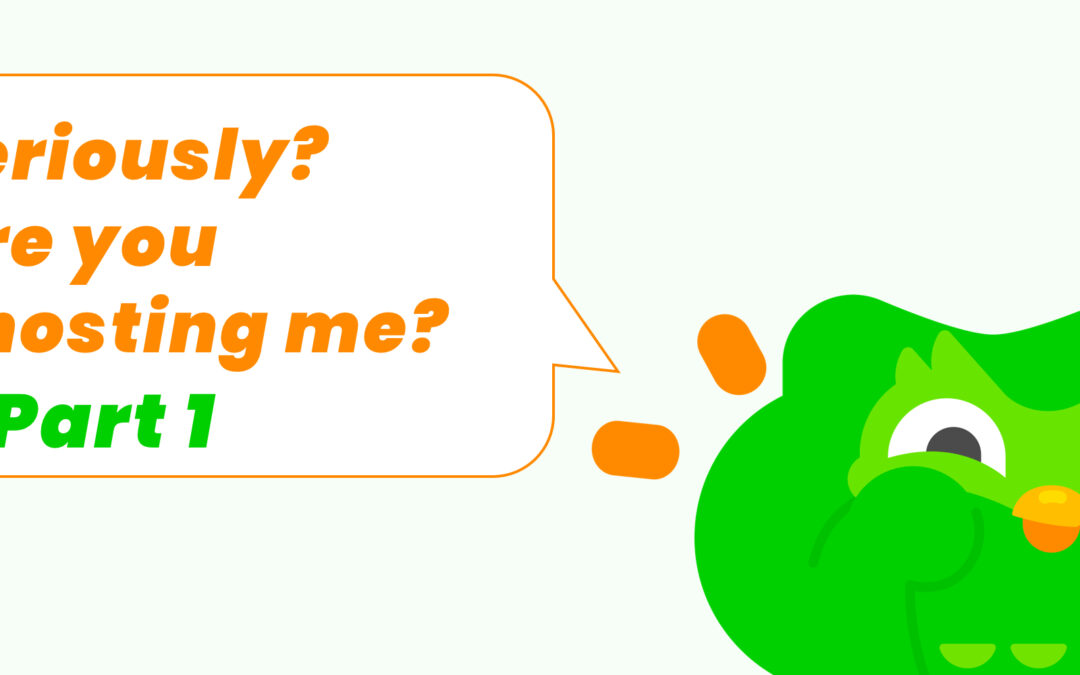The halo effect is a well-documented cognitive bias. It describes the socio-psychological phenomenon whereby a first impression or knowledge of a certain characteristic of a person dominates the overall appearance. Other factors are thus neglected or simply ignored. At the same time, knowledge of this particular attribute leads to conclusions about other attributes or characteristics. A certain characteristic practically "outshines" the other factors - hence the name "halo".
Everyday Examples of the Halo Effect
Snap Judgements and Biased Decisions
The halo effect can lead us to perceive an attractive person as intelligent and trustworthy—without any logical reason for this assumption. The halo of attractiveness outshines other traits, causing us to draw quick, often biased conclusions and attribute qualities that may not exist. For example, when we like one aspect of a person or product, we tend to form a positive attitude towards everything associated with it.
The Halo Effect in Digital Products

Think of digital assistants, chatbots, or smart toys. A friendly appearance can create an immediate sense of trust. But the halo effect also applies to websites and apps. A single detail—positive or negative—can influence how users perceive the entire digital experience. This effect is not limited to positive attributes. Negative impressions can just as easily trigger a negative halo effect, colouring our entire perception of a product, service, or brand.
Furthermore, the halo effect is by no means only linked to positive traits, but can also occur in connection with negative traits. For example, if we dislike an aspect of something, we have a tendency to develop a rather negative attitude towards everything to do with it.
Real-World Example: Automated Translations as a Trust Trap
One common digital example of the halo effect is poorly executed automated translations in product descriptions or customer reviews.

Automatic translations often seem very distant and grammatically a little "off", and yes - readers notice this. As a result, we unconsciously attribute a certain lack of interest in the customers on the company side, which gives minus points in the credibility. We then make these automatic leaps of logic and draw a conclusion about the quality of the brand behind this website or service. For example, an obviously automated translation can be associated with "unkindness" or similar. Conclusions are then drawn, such as:
""This company does not care about its texts"and
„Maybe they don't care about their users eitherand with that:
„They don't care about me.„.
All these automatic attributions can lead to doubts about whether you can trust this company. You might ask yourself: If they are not able to translate their product websites properly, what else is lacking, or what are they not taking care of properly? Can I trust them with my credit card details, or is this also handled as carelessly or "shoddily" as the texts?
This means that a user or customer experience can influence their subjective interpretation of other elements and also their attitudes towards the company as a whole.
Implications for UX Design and Brand Trust
This is particularly critical when trustworthiness is crucial. If, for example, banks, airlines or medical products make such "mistakes" - all services to which we entrust our most sensitive data or even our lives - this can severely and permanently damage the credibility of and trust in such a brand. Even in e-commerce, trust and, therefore, customers can be lost as a result of such things. Accuracy and attention to detail play into trustworthiness.
The halo effect shows how easily first impressions and single attributes shape overall perceptions. For UX designers and product teams, this means recognising both the risks and opportunities of this psychological bias. By designing with trust, clarity, and detail in mind, brands can prevent negative impressions—and instead leverage the halo effect to strengthen credibility and user confidence.
*This is a Keepon/BeatBot - a toy for autistic children - and it's definitely not up to no good 🙂 🙂
Sources
- Thorndike, E. L. (1920). A constant error in psychological ratings. Journal of Applied Psychology, 4, 25-29. https://doi.org/10.1037/h0071663
- The Web Credibility Project: Guidelines, Stanford University (n.d.). Retrieved October 15, 2022, on https://credibility.stanford.edu/guidelines/index.html
Photo: Torsten Dederichs on Unsplash




